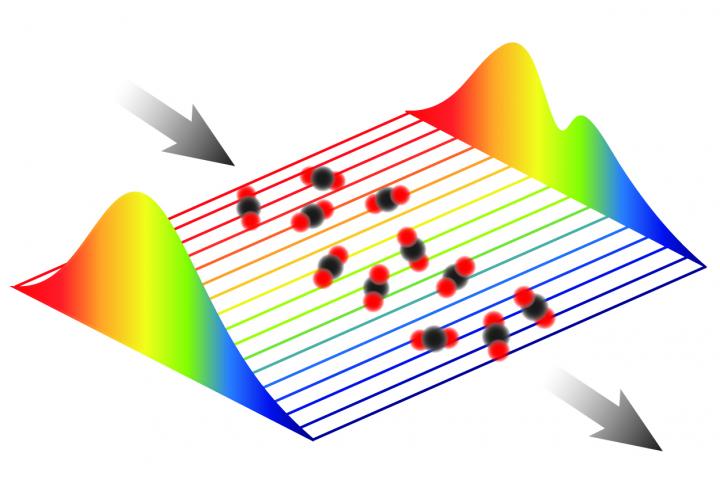Researchers have now created a laser that can smell different gases within a specific sample.
The development of a laser that can smell certainly sounds strange, but it actually seems to have a wide variety of applications. For example, it can be utilized in order to monitor changes in the environment as well a industrial contamination.
However, one main application that we may see moving into the future and will have tremendous benefits for the community is the possibility of using this laser that can smell in order to diagnose disease by “smelling” the breath.
The researchers have likened the ability of the laser that can smell to the sensitive nose of a bloodhound, but instead of actually using smell it uses patterns of light absorption in order to measure the composition of the sample. Simply by shining the laser, it may now be possible to get a sense of how gases combine to form different contaminants and markers of disease.
According to lead author Sarah Scholter, a PhD candidate in the University of Adelaide’s School of Physical Scientists, “The ability to rapidly measure gas composition to such high accuracy is cutting edge…with further development, it opens the way for real-time and inexpensive monitoring and analysis that can be carried out in the field, or in the doctor’s surgery, by non-specialist operators.”
The capabilities of using a laser that can smell are significant, but even more significant is the fact that this technology may be easily accessible to non-experts. While measuring gas composition within specialty fields may be possible, the fact that a doctor without knowledge of the mechanics can use the technology to better inform treatment and surgeries is immense – bringing cutting-edge science to users who might not have the expertise to use more complicated equipment.
In order to develop the laser that can smell, a Nobel-prize winning technology developed by US and German scientists named an “optical frequency comb” was employed. This “laser comb” utilizes millions of different light frequencies or colors at once, and researchers were able to pass these frequencies through gas where each molecule absorbs a distinctive set of colors. By differentiating the color combinations, the laser is able to report the composition of gas.
The next step after this discovery is to use this laser comb in order to take a look at the chemical composition of exhaled breath. Unfortunately, this is a much more complicated situation that will take some further development – especially when giving the laser the capability to differentiate between diseased and normal breath. The ultimate goal, however, is to develop the laser as a screening tool for early prevention of treatable illness.





